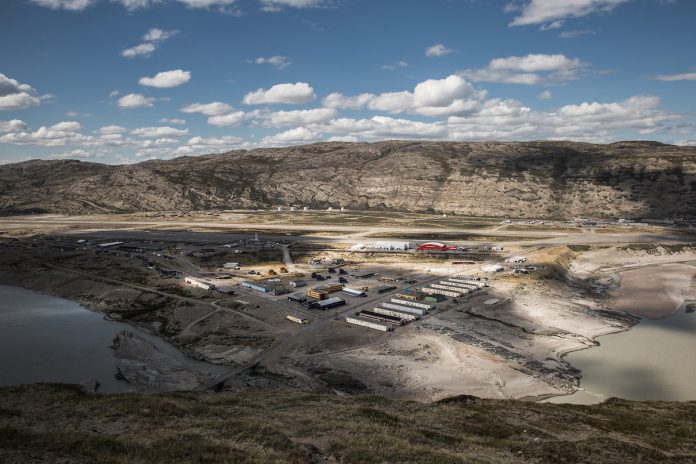
Kangerlussuaq has a growing tourism. The latest figures for tourist accommodation show that 40% of tourists go to northern Greenland, 30% to Qeqqata with Kangerlussuaq and the rest goes to other places in Greenland.
According to Qeqqata Kommunia’s Business Council, tourism activities and 27,000 nights in Kangerlussuaq total revenue of DKK 60 million a year. Total tourism revenue in Greenland in 2015 was DKK 400 million.
Albatros Travel Arctic Circle in Kangerlussuaq, which offers safaris for watching musk oxen, river fishing, trips to the inland ice and camps in the wild, has been somewhat uncertain about the future of the airport, which has caused extra caution in terms of new investments, writing Sermitsiaq.gl.
“The problem is that when there is no concrete announcement of the future airport policy, then you have to think a lot about what year you want to invest. You can not be sure whether the airport should close in 4-5 years, “says Albatros Arctic Circle Jørgen Larsen .
But even though there has not yet been clarified what role Kangerlussuaq will play in the future when new Atlantic airports are being built in Ilulissat and Nuuk, Albatros Arctic Circle has made its decision.
Albatros Arctic Circle was established in 2008 by a merger between Greenland Travel in Sisimiut and Albatros Greenland in Kangerlussuaq. In February 2010, Kangerlussuaq Tourism (KT) took over with the entire staff, several vehicles and accommodation facilities. AAC is owned by Albatros Travel. It depends on the season 15 to 30 employees in Kangerlussuaq.
AAC President Søren Rasmussen said in 2016: “Fjord, breathtaking landscapes, wildlife, northern lights and icecaps in conjunction with stable weather conditions, accessibility to all types of aircraft combined with increasing cruise tourism means that Kangerlussuaq probably has one of Greenland’s largest untapped tourism potentials. Therefore, Albatros Arctic Circle establishes ‘The Great Glacier Camp’ at Israndsøen, which partly complements the Ice Camp product with walks and overnight stays on the ice sheet, and is an experimental precursor for our future cottage town. ”

























